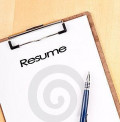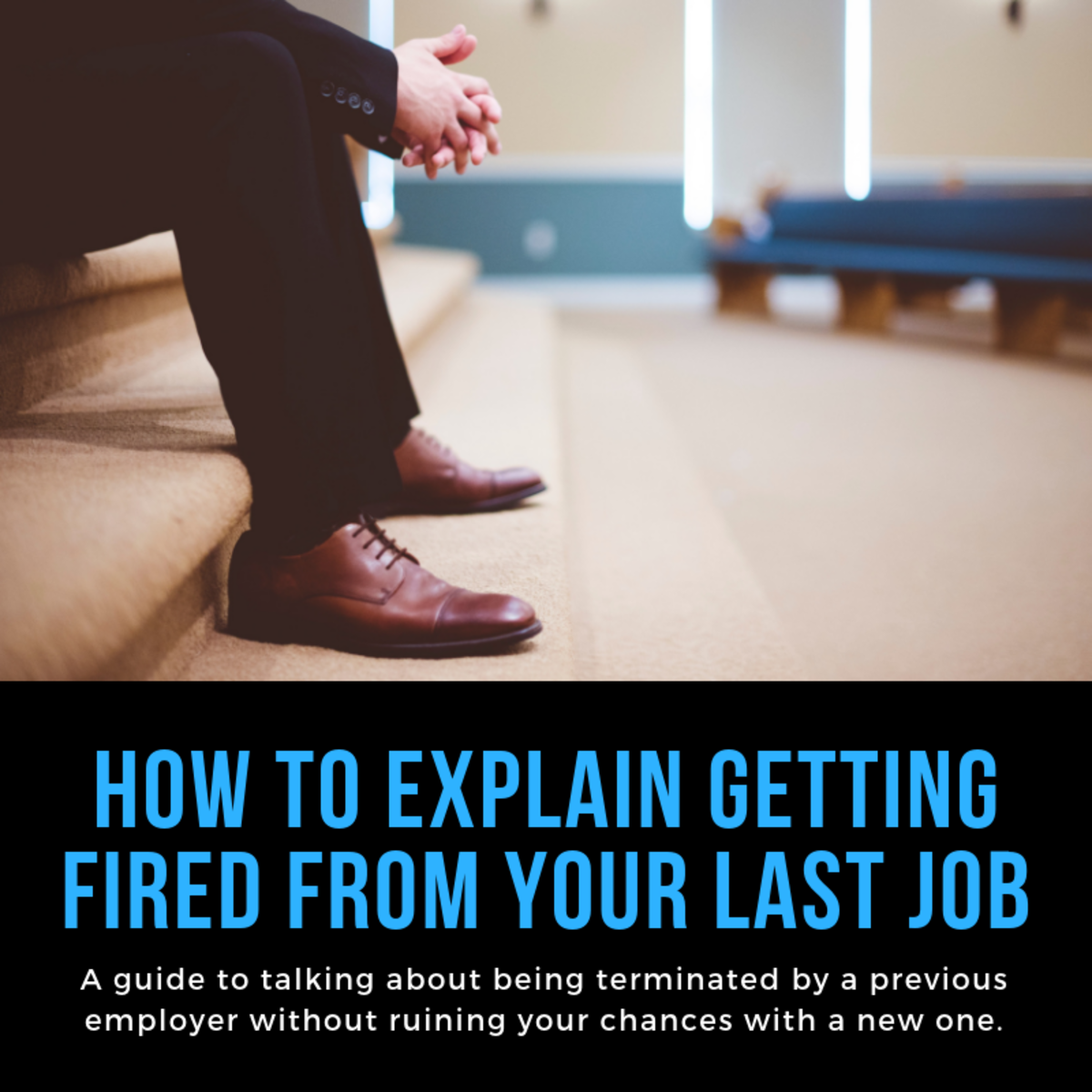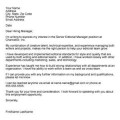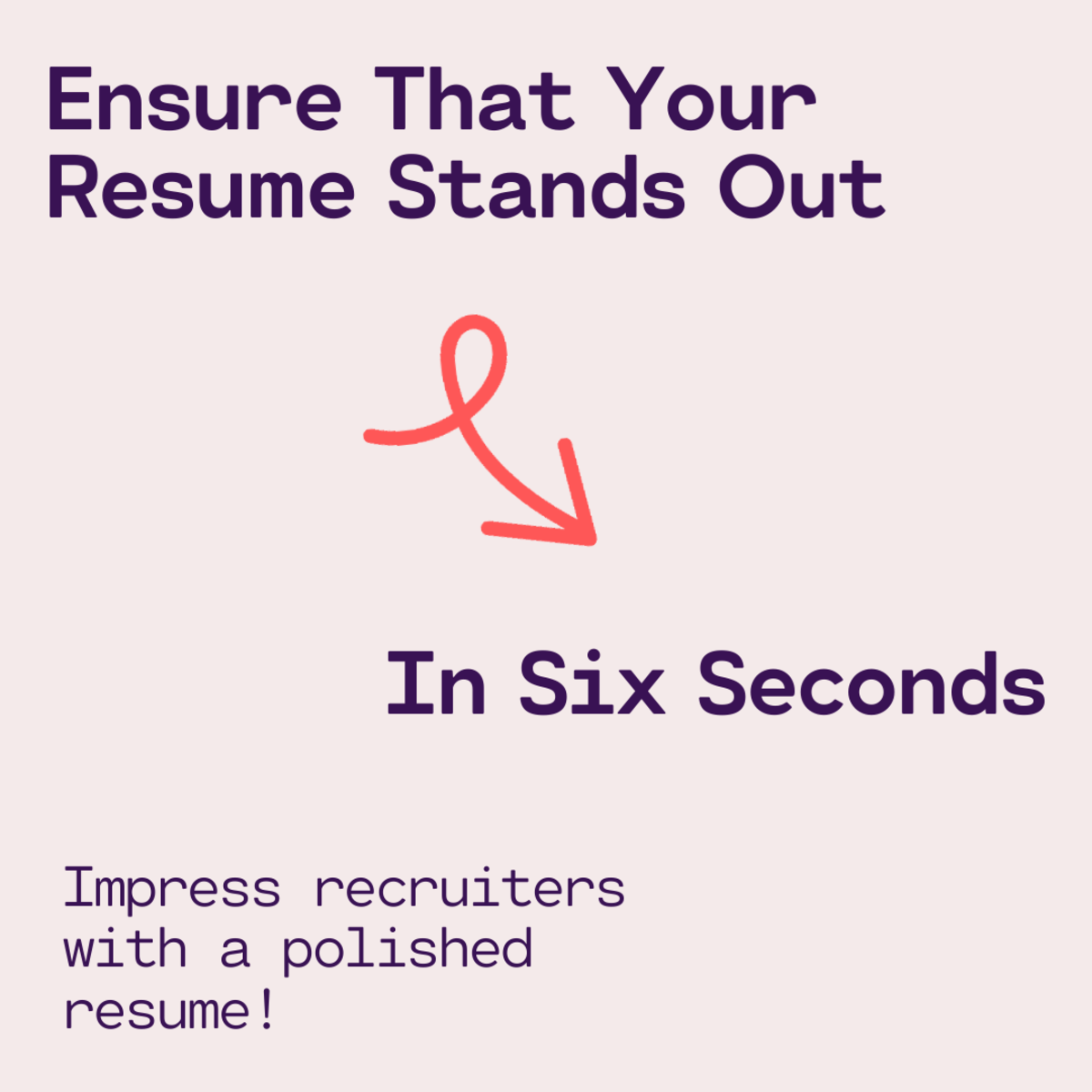How to create the Perfect Resume
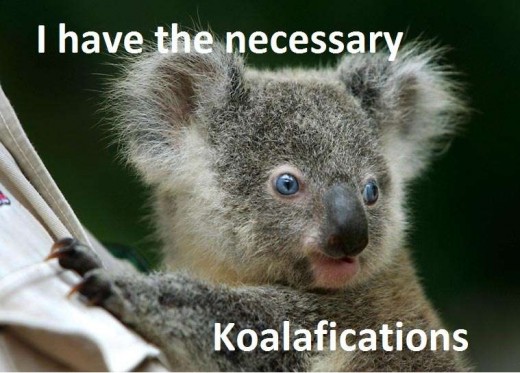
So if you've ever wondered why it takes you months to get a job, or you just can’t seem to get a job, then it’s time you realize that your resume is the answer to your problem.
The sole purpose of a resume is to sell yourself to the potential employer. So if you, as a future product of the company you’re applying to, sound like you've been run over a bridge and crushed to the sea, chances are the employer won’t even notice you exist. It’s like going on a first date. First impressions count, and a resume is the first impression an employer has of you. If the employer doesn't like what he’s seeing on paper, he damn sure won’t want to see what the paper looks like in person. So you’re tossed in the bin, never to be remembered again.
But I’m here to help you change your misfortune. I’ve worked in the recruitment industry for close to ten years and throughout that time I have seen resumes that made me laugh, cry, angry and sometimes puzzled. The one thing I have realized throughout these years is that the majority of job seekers have little or no experience in presentation of a resume. According to Seek Magazine, over 80 percent of Americans do not know the fundamental principles of writing a resume that will get the potential employer practically begging you to start work with them.
Writing the perfect resume is not as hard as it sounds. But it’s important to pay close attention to the information you’re supplying to the employer. They are basically three things that every employer wants to see on your resume:
Your Background
Your Intentions
Your Experience
These three MUST be in your resume! If you miss any one of them, then you can kiss your chances of a job goodbye. Now you may know this, but believe it or not most people either miss one, or don’t give relevant information based on these three titles. Here’s how you put these three subtitles in a simple, yet effective format that will get the employer to read every word.

How long have you/were you unemployed?
Layout of Your Resume
Firstly, the headline of your resume must simply just say Resume or Curriculum Vitae. Don’t put My Resume, My CV, or Resume for John smith, simply because you don’t want to be right in the employer’s face when he reads it!
Write down your contact details. Your contact details should include your name, address, telephone number, and email address. Adding your website is optional but not relevant, as long as it’s not a blog post or a website you’re an affiliate of. Yes some people are bold enough to put their blog addresses, but it’s a complete no no!
Put down your career objective. This shows the employer you’re a serious candidate and you know what you want and what you can offer them. Write two or three sentences explaining what your intentions to join the company are and what you hope to achieve.
After that, write a brief summary of your educational background. Start off with your most recent qualification and then end it with your first qualification. Also include any training which you got awarded for in previous jobs, or if you took any other relevant training courses.
Now comes the most important bit, your job experience. This is the crucial point where the employer will focus on as they want to see if you’ll be an asset or a liability to their company. Write down your experiences based on the job that you’re applying for. For example if you’re applying to be a sales manager, write down your experience in sales and management. Too often people write down experiences that are not relevant to the job they’re applying for. For instance, in one resume I came across, the job was for a building constructor and the person wrote down their experiences in Business Administration! Remember to include where your previous job experiences where and how long you were there for.
Lastly, to end your resume on a high note, write down a brief summary of your character. This is important because every employer wants a person who will be easy to work with, so make sure that whatever you write must correspond to your true nature. Mention that you’re competent, your reliable, you’re organized, you’re fast learner that needs minimum supervision etc.
Checklist for your resume
Dos
| Don'ts
|
|---|---|
Use a bulleted style resume so as to make your presentation reader friendly.
| Do not lie on your resume!! Employers are now very brutal when doing back ground checks so save yourself the embarrassment.
|
Avoid using templates as nothing infuriates employers more than a resume copied from the internet. Use those as guides, but you must type your resume. That tells the employer you can actually produce a document on your own without copying and pasting!
| Do not include personal information like your height, age, gender, social security number, race, religion etc. These are only needed when you get the job.
|
Your resume should not exceed two pages. Long resumes give the impression that you’re bullshitting and most of it is probably irrelevant. Besides employers have hundreds of resumes to read, so they don’t have time for your encyclopedia.
| Don’t include your hobbies! As a recruiter, I find that exceedingly annoying and employers too are not usually interested in your hobbies. Let them ask you at the interview but don’t write it on your resume.
|
A Summary of Resume Etiquette.
So, if your resume is missing any one of these points or most of these points, I suggest you go back and remodel it. Employers are really harsh these days so one mistake will cost you that dream job. Try these steps out and I guarantee that you will land your dream job. If you do use these steps and then get hired, please let me know so I can share your joy too!


